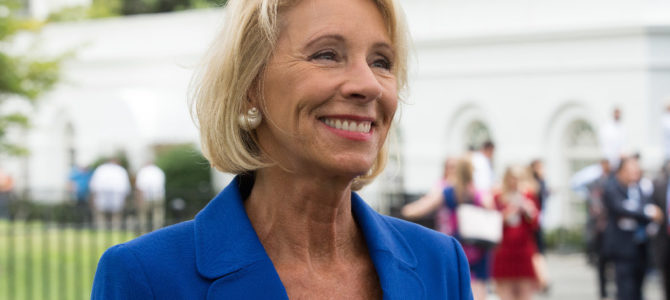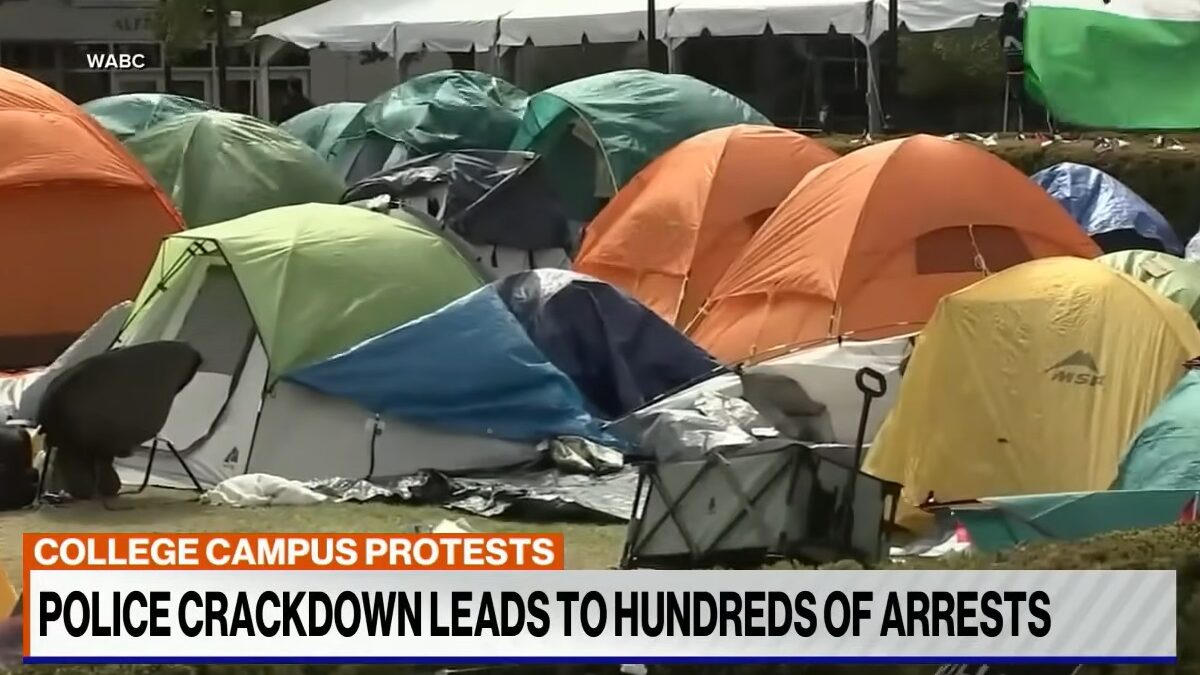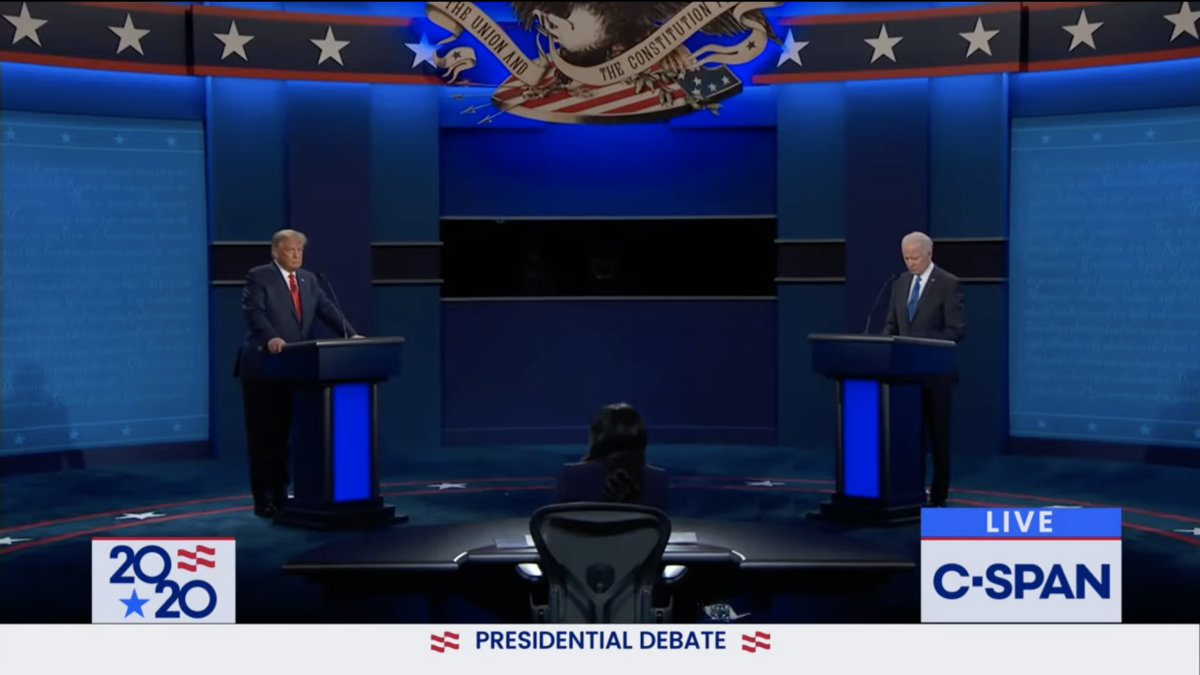
At the beginning of the month, the Department of Education (DOE) issued a final repeal of the Obama administration’s gainful employment rule (GE). In addition, Secretary of Education Betsy DeVos says the DOE will expand the current College Scorecard, “which will give students the information they need to make the best choices for themselves,” she said in a statement.
With the exception of rolling back Obama-era guidelines regarding sexual assault on college campuses, this is the first time the Trump administration has repealed a regulation on higher education.
Issues with the Old Regulation
The GE rule measures the quality of colleges and programs based on a formula that compares student debt to their first three years of income post-graduation. This debt to earnings (D/E) ratio was used to sanction and even withhold federal aid from programs that failed to meet certain thresholds.
The rule was intended to protect students from predatory low-quality programs that left them with high amounts of debt and little improvement in their earning potential. Although this is a worthy goal, the GE rule did not end up protecting students due to the flawed D/E measurement system.
Judging colleges based solely on a D/E ratio is both ineffective and misleading. Some for-profit institutions found the D/E ratio targets difficult to meet. This not necessarily because the institutions provided a bad education, but because they do not benefit from artificially low tuition rates like public non-profit colleges do.
GE programs at nonprofit community colleges are able to “hide” their inferior quality of education because taxpayers subsidize their tuition. The DOE noted cases like one in Colorado where a for-profit massage therapy program with a mean income of $15,929 failed the D/E threshold, but a similar program at a public community college with an annual income of $9,516 passed.
For-profit colleges are the black sheep of higher education, but that reputation is not always warranted. For many students, for-profit colleges offer needed flexibility as well as accelerated degrees and support services, benefits that may result in a higher overall cost of education.
Not only are the GE requirements a bad judge of education quality, but they are also an unfair judge that treats for-profit colleges differently than public institutions. Danielle Douglas Gabriel of Inside Higher Education reported that “When the Obama administration issued the rule in October 2014, it had identified 1,400 programs serving 840,000 students that would not meet its accountability standards, 99 percent of them were at for-profit colleges.” These numbers demonstrate that the GE rule was created specifically to target for-profit colleges and programs.
The student loan crisis is not the sole creation of “predatory” for-profit colleges. The Department of Education’s analysis of 2018 third-quarter data regarding all student loans “showed that only 24 percent of loans…are being reduced by at least one dollar of principal plus interest, and that 43 percent of all outstanding loans, or $505 billion, are in distress.” Traditional four-year colleges often leave students with equally burdensome debt.
Moreover, a college’s D/E ratio could also be influenced by other factors beyond the quality of its education. The DeVos DOE points out that “even a small change in student loan interest rates could shift many programs from a ‘passing’ status to ‘failing,’ or vice versa, even if nothing changed about the programs’ content or student outcomes.”
The D/E calculation also does not take geographical wage variation into account. For example, a cosmetologist in Alaska earns more than the U.S. average while a cosmetologist in Mississippi earns less than the U.S average. The DOE explains that while “not a single cosmetology program in Oregon passed the D/E rate measures…almost all programs in Maryland passed.”
The GE rule erroneously blames student loan defaults on educational institutions instead of recognizing that there may be a variety of reasons for-profit students default on their loans. For example, many for-profit schools serve a large proportion of minority students and, within this demographic, there is often less parental wealth transfer or family support.
The GE rule does not take into account that many lower-income students will need to borrow more and have a more difficult time paying back their loans after college. This is not necessarily the fault of the college or program. By punishing for-profit institutions for accepting low-income students into their programs, the GE rule discouraged for-profit schools from accepting students with greater financial needs. This limited access and opportunities to the students most in need.
Finally, by relying solely on a D/E ratio, the old Obama regulation implied that income is the only reason one might go to college. This dismisses the idea that education is a good in and of itself. It also suggests that those who seek vocations with low or no wages, like teaching, civil service, and being a stay-at-home mom, should not invest in their education. There is more to education and there is more to work than a paycheck, yet the GE rule implies that the purpose of education is purely instrumental.
What the Trump Administration Has Done
Rep. Bobby Scott, the chairman of the House Education Committee, said in a statement that repealing rather than revising the regulations “will prop up low-quality for-profit colleges at the expense of students and taxpayers.” However, calls for rescinding the GE regulations have been frequent and bipartisan in nature.
More than 100 members of Congress from both parties signed a 2011 letter calling for the withdrawal of the GE regulations as “these rules will limit student access to higher education while failing to effectively address problem schools and rising student debt.” A 2015 Senate Task Force on Federal Regulation of Higher Education found that regarding the GE regulations the DOE ”has used the regulatory process to set its own policy agenda in the absence of any direction from Congress, and in the face of clear opposition to that policy from one house of Congress.”
Getting rid of the GE rule corrects the unfair accountability standards between for-profit programs and traditional four-year colleges. In a statement, DeVos said, “The Department’s rules should be designed to support all students and treat all schools fairly. The previous administration’s rule did neither.” The new rule rescinds the burdensome D/E measurement ratio and the punishing sanctions system.
It’s Not All Roses Here, However
While the withdrawal of the GE regulations is a victory for colleges and students alike, the replacement College Scorecard does warrant a measure of caution. Currently, the College Scorecard measures data like admission selectivity, student demographics, and student socioeconomic status, but the DOE plans to add data requirements on program size as well as median student loan debt. In a statement, DeVos said:
Through our most recent College Scorecard update, the Department, for the first time ever, is providing information on 2,100 certificate granting programs and preliminary loan debt information by field of study. But, this is only the beginning. By the end of the year we will be able to show students how much money they can expect to make after graduation, based on their chosen major or program.
Stuart Butler of the Heritage Foundation has argued that a federal College Scorecard is unnecessary “because the private sector already has many different college ranking systems. Since people have different goals and preferences there should be a variety of standards by which to judge higher education institutions and programs.”
Measuring the quality of an education is difficult, and there is no universal standard by which to judge whether a college degree was “worth it.” The continued use of a scorecard suggests the federal government still sees itself as the vanguard of higher education. It also demonstrates that the DOE, even under DeVos, still has a utilitarian view of education.
The DeVos DOE deserves applause for their efforts to deregulate higher education, but substituting GE reporting requirements with College Scorecard requirements is not ideal. By developing one federal standard, whether it be a debt to income calculation or a universal College Scorecard, the government is exercising too much control over higher education.
Offering transparent information about colleges is not a bad thing, but making value judgments using this data is not the federal government’s job. Perhaps the DOE should leave the grading to the professors.








